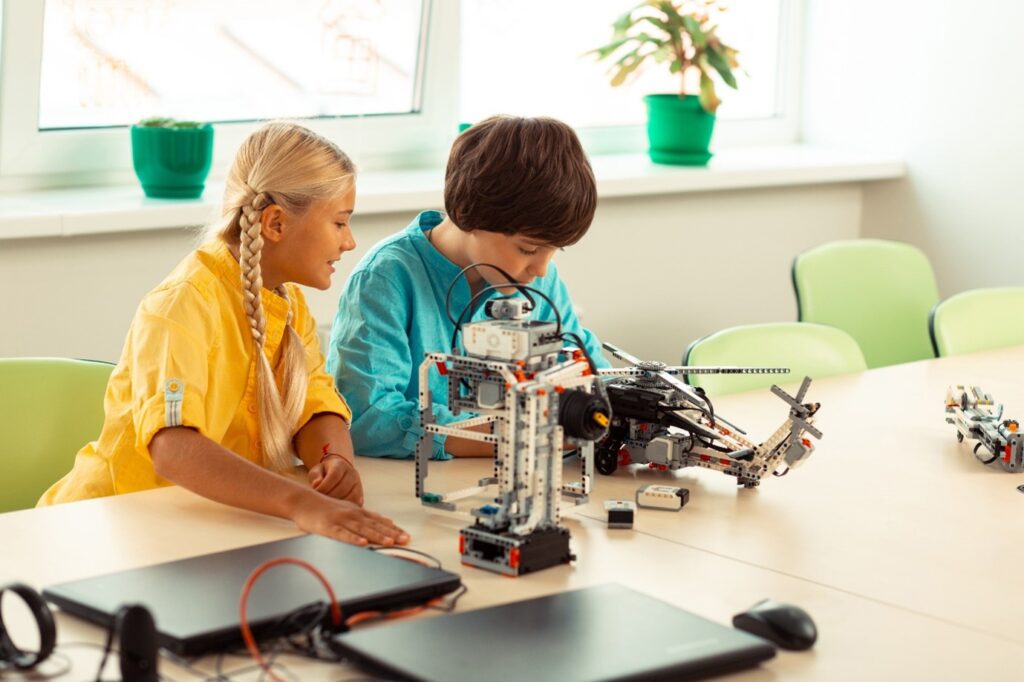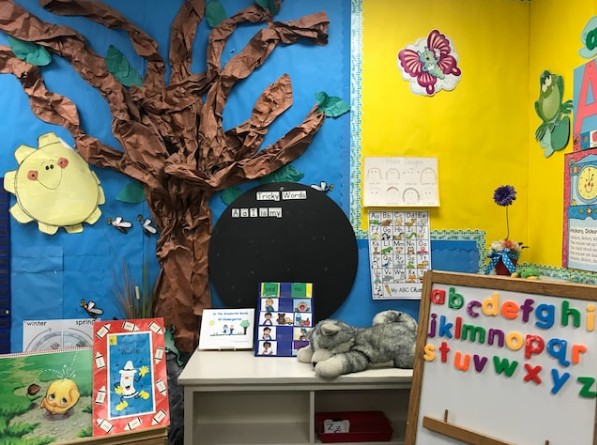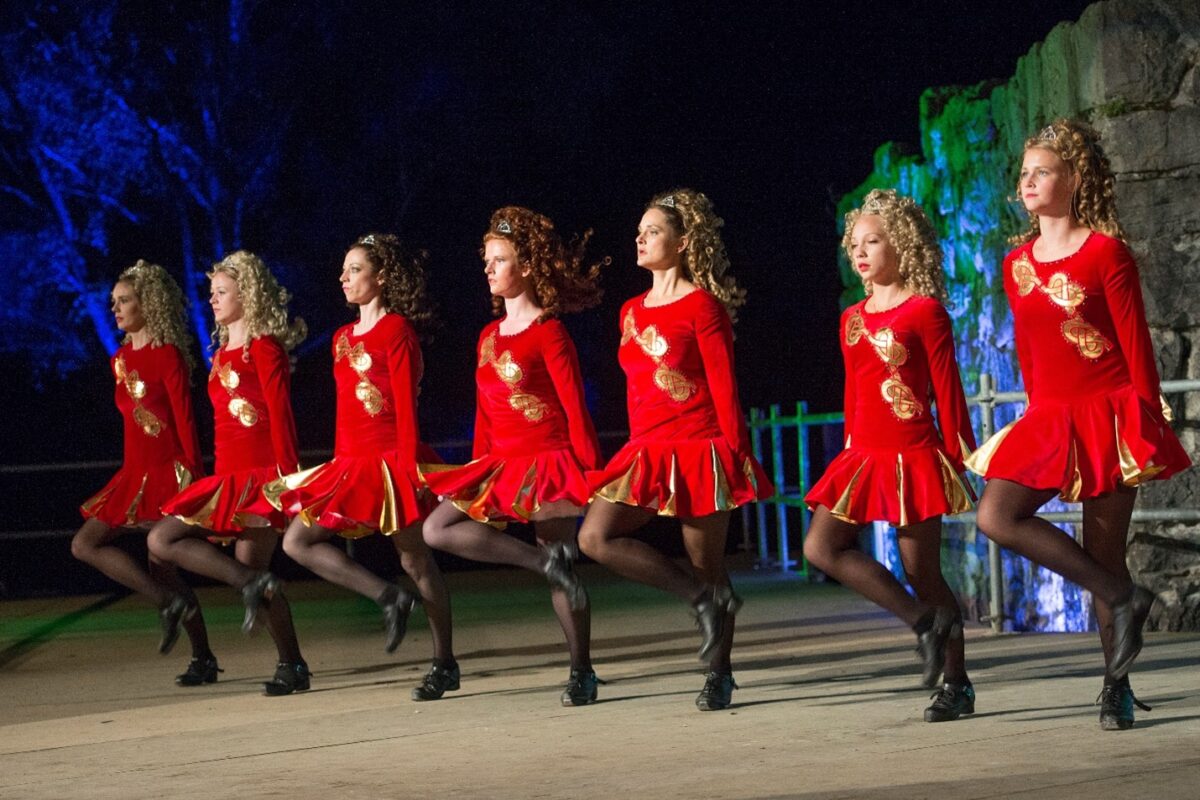STEM (Science, Technology, Engineering, and Math) has been growing in popularity in education over the last decade. And, below, Debra Mercora Superintendent discusses what the most recent stats reveal.
However, there is a lack of young people who are adequately prepared to pursue STEM at college or university levels, with only 36% of high schoolers ready for college-level science, and 44% ready for college-level math.
STEM Jobs in Numbers
In the US, there are over 9.3 million people employed in STEM-related roles. This makes up 6.6% of the working population.
Of those, many work in computing, in roles such as software developers (1.4 million jobs) or as computer support specialists (654,310 jobs). The next most popular positions in STEM are civil engineers and industrial engineers, with a total workforce of 304,310 and 293,950 respectively.
Average Salary
The average salary for a STEM-related career soars to about $100,000. This is almost double the national average for other industry roles, which sits at just $55,000.
Those on hourly wages in the STEM sector can range from starting at, on average $38.85, as opposed to career paths, whose average hourly rate is ranges from $19.00.
Of course, these statistics vary by location and experience levels.
The Highest Paying STEM Jobs
The highest salaries within science, math, engineering, and technology usually involve a management position, and management roles in computer information systems, architecture and engineering, with jobs in natural sciences coming out on top. Their salaries ranged on average from between $150,00 and $165,000.
Also earning a respectable salary, but not in management were physicists, earning an average yearly pay of $150,000.
STEM Students in Numbers
STEM subjects make up around 32.6% of bachelor’s degrees in the United States, with 39% of new college students intending to major in STEM.
Studies have shown that at the high school level, only 16.9% of students in 2012 took an AP class in a STEM subject, with just 9.1% of them achieving a passing grade. However, this is double the number of students who took these subjects at the AP level in 2002, showing an increase from 250,000 to 498,000 over the last 10 years. The hope is that this trending growth will continue in 2023.

Student Success
A majority of high school graduates find themselves unprepared for college-level science and math courses. A study from the National Math and Science Initiative found that only 44% of high school students in 2013 were prepared for advanced math at the college level. The number was even smaller for science, with only 36% being prepared for higher education in the subject.
A study by PISA, the Program for International Student Assessment, found that out of 71 participating countries, the USA only ranked 24th in the world for science education, and was in the bottom half of the table for math, ranking 38th out of 71.
The Gender Gap
The STEM sector has the largest variance between male and female recruitment numbers. Of STEM careers, those in engineering, with only 15% of the total workforce in the USA, is made up of women.
Other sectors, such as life sciences, have seen a bigger increase, with around 48% of jobs in this field being filled by women.
In education, most girls’ interest in STEM subjects starts to fade at the middle school level. In 2012, just 33.5% of girls majored in a STEM subject. However, this number has been steadily rising, as figures were just 27.1% in 1995.





